Loading Files...

Our pretty much brand new Airbus A340-300
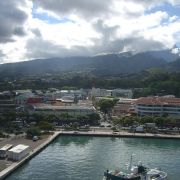
Morning of our first day in Papeete, Tahiti. This is the downtown shopping area.
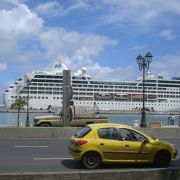
Tahitian Princess docked in Papeete.
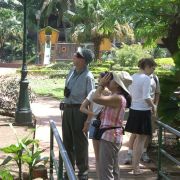
Mom wanted to go to a park in the center of town to look for birds.
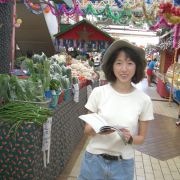
We visited the Marche de Papeete to do some shopping and look for unusual fruits.
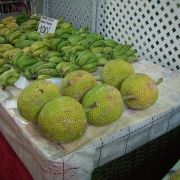
Breadfruit ( in the front ) is native to Tahiti, and must be cooked like a potato before being eaten. It can be cooked directly on the fire for 20-30 minutes and then peeled, or it can be fried.
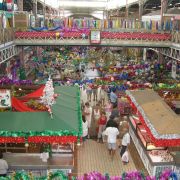
The Marche de Papeete sells fresh fruits, fish, meat and vegetables downstairs, and tourist trinkets upstairs.
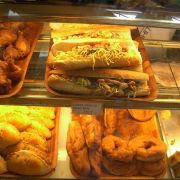
Tahitian cuisine is a strange mixture of French, Chinese and Polynesian foods. Hence the presence of Chow Mein Sandwiches...
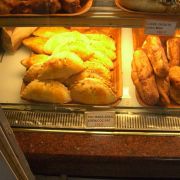
They also sell evil fruit pies, which you will hear more of later.
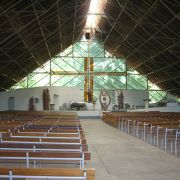
We went searching that afternoon for a botanical garden rumored to be up in the hills on the site of an old mission. We did find what might once have been the garden, and we found a huge Catholic church.
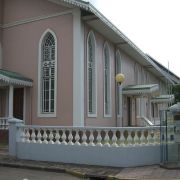
Though there are lots of Catholics, the primary religion in the islands is Protestant due to the early influence of English missionaries. This is a famous pink church in Papeete.
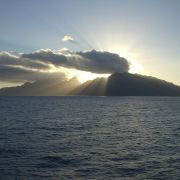
The sun setting behind Moorea. Moorea is right next to the island of Tahiti ( a 30 minute ferry ride ), and we visited this island on the way back.
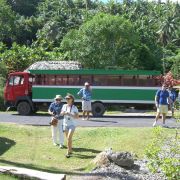
On Huahine, we took a tour with an archaeologist. He had studied at the Univeristy of Hawaii, and is a full time tour guide. It was quite an engaging talk, and he certainly had interesting opinions. The vehicle in the back is Le Truck, which is still the standard form of public transportation in most of the islands.
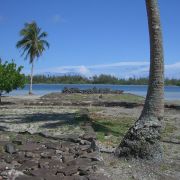
This is a Marae - a Polynesian open air temple.
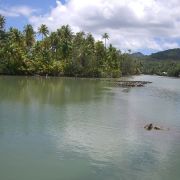
This is an old fish trap, which is still in use. The V shaped wall of stones directs fish into an area at the point of the V as the tide goes out. They are then harvested with nets or baskets.
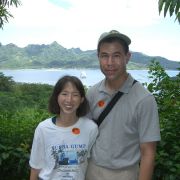
We stopped at an overlook on our way back to the dock. Our ship is anchored in the harbor.
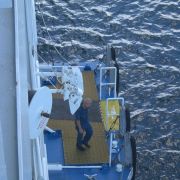
On most of the islands we visited, there was no dock big enough for the cruise ship. We went ashore by way of small craft called tenders, which held around 120 people each.
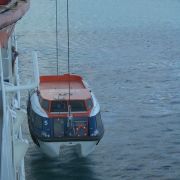
The tenders double as lifeboats and are stored on the ship above one of the decks.
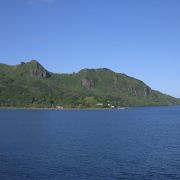
We left Huahine after just 8 hours or so, and started on the long voyage to Rarotonga.
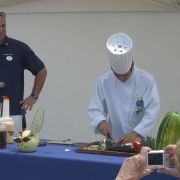
The next day was spent at sea on the way to Rarotonga. There were many programs available on board. We went to see a vegetable carving demonstration.
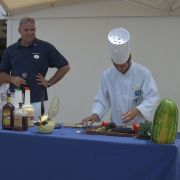
Englebert, their carver, is from the Phillipines, as are many of the crew. There are also people from Eastern Europe and Mexico working on the ship. Many of the managers seem to be from England or Australia.
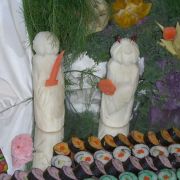
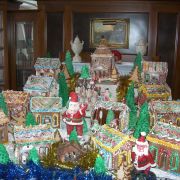
Because it was Christmas season, there was some special decoration around the ship: a few Christmas trees, wreaths on the tables, little ornaments in the corridors, and displays like the Ginger Bread village. The incessant Christmas background music did take its toll, though.
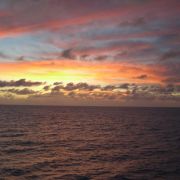
Sunset at sea is pretty amazing. You can see the entire horizon very clearly on a good day.
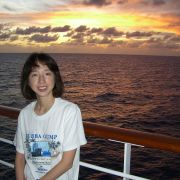
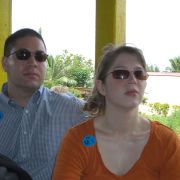
We finally reached Rarotonga, which is actually part of the Cook Islands and governed by New Zealand. The whole family except for Dad went on a guided hike to a nature preserve.
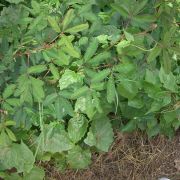
We also found some sensitive plant ( Mimosa species ) on the way to the preserve.
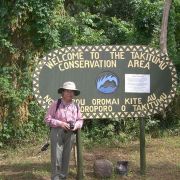
The Takitumu nature preserve was set up to preserve a small endangered bird called the Kakerori, once thought extinct.
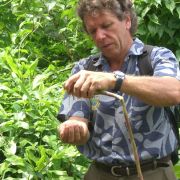
Our guide was a part of one of the families who own the land. Here, he is showing us how to get shampoo out of a shampoo ginger.
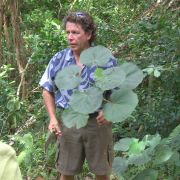
He also showed us the tree hibiscus, which has many uses both medicinal and utilitarian - the flowers make a laxative tea, the leaves may be used as plates or toilet paper, the bark is used to make rope as well as the traditional "grass skirts" worn by dancers.
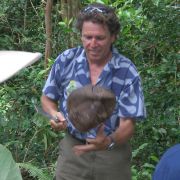
We were fed some coconut. Coconut is used in many different stages of ripeness, from the baby coconut used for juice to this stage where the seed has actually sprouted. The flesh fills the entire nut and is of a spongey texture with a sweet taste.
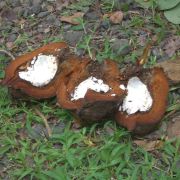
Coconuts are broken into thirds when they are to be fed to pigs. Pig fed on coconut is considered to be very good eating. We were fed these coconuts, and the implications are still unclear...
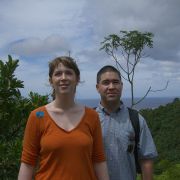
Andrew and Sarah on top of a lookout in the preserve.
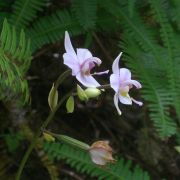
We saw this small orchid growing alongside the path in many parts of the islands. It often grows in association with the small fern in the picture. You cannot see the orchid leaves here.
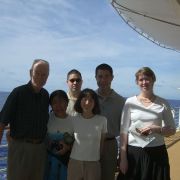
We returned to the ship after visiting a beach in the afternoon, and the ship left port bound for Raiatea.
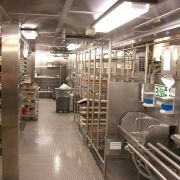
After the demonstration was a tour of the kitchens. This is the only "backstage" area we ever saw on the ship. The distinction between passenger areas and crew areas was quite well enforced. I seriously doubt whether any of the passengers could tell you for instance, the location of the Bridge.
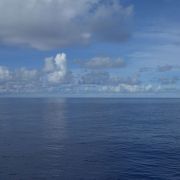
During the day at sea, you can look all around the vessel and see only flat horizon.
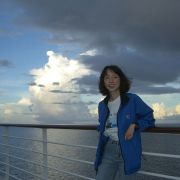
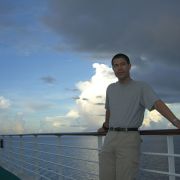
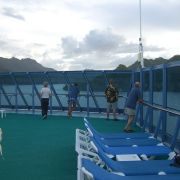
Approaching the island of Raiatea.
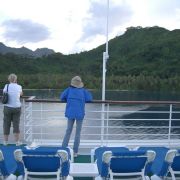
Raiatea and the nearby island of Tahaa share the same barrier reef.
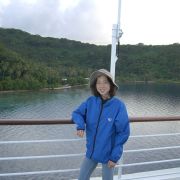
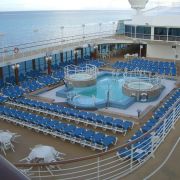
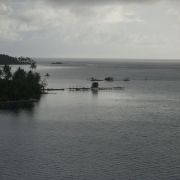
Tahaa is a center for pearl farming and vanilla plantations.
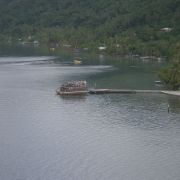
Traditional canoes and a canoe hangar.
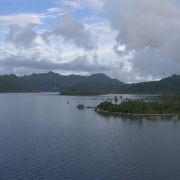
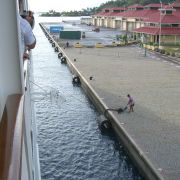
Raiatea was the only place aside from Papeete where we actually were able to dock.
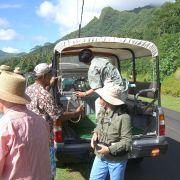
We went on an excursion in 4-wheel drive vehicles. They are basically pickup trucks with a canopy and some benches in the back.
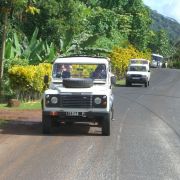
Seatbelts are not used, though there is a rope that is fastened across the back to prevent people from falling out.
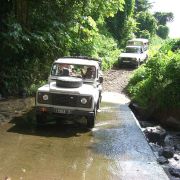
We went up a dirt road into the old crater of the volcano, where there is a lot of farming. For $100 per year, a polynesian family can get a couple acres of land to farm from the government. If they stay for ten years, they get to keep the land. We saw bananas, coconuts, vanilla, flowers, pineapples and many other crops being grown.
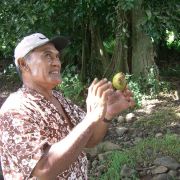
Our guide is showing us the Mape, or tropical chestnut. This tree grows in wet areas, and apparently the fruit may be boiled and eaten. We never got to try it ourselves.
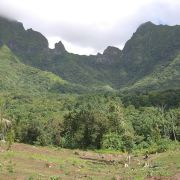
The crater did make for some dramatic scenery. All of the islands of French Polynesia are much older than the Hawaiian islands. Their volcanos are completely inactive, and are slowly sinking. As the volcano sinks, coral grows up along the flanks and forms the barrier reefs. Wherever a river exits the island, the coral cannot grow, and a channel forms in the reef that can usually be used to sail in and out.
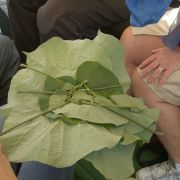
This is the back of a plate made from hibiscus leaves.
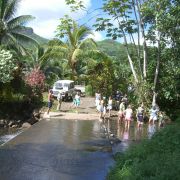
We stopped at a creek to cool off. There are very few poisonous animals on the islands. On land, there is one species of centipede with a stinging bite, and a lot of mosquitos. In the sea, one has to be careful not to step on the stingrays or stonefish, or touch the fire coral and long spined sea urchins.
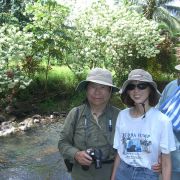
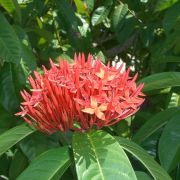
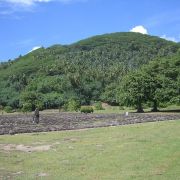
Raiatea is the physical and cultural center of Polynesia, and this is the most important temple in Polynesia, called Taputaputea Marae. Note the superior paving.
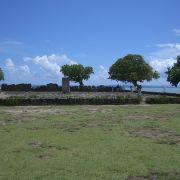
More seriously, in old times, people traveled from all over Polynesia - from New Zeland, to Hawaii to Easter Island, to this spot to meet.
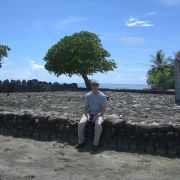
This area was also the center of exodus - when the islands became too crowded, this is where it was decided which families would join the migration and which would stay.
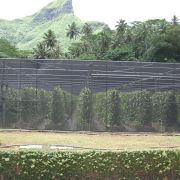
We visited a more modern vanilla plantation as well. Here, the vanilla is more intensly farmed under shade cloth. Over 4000 flowers are pollinated each day by hand in this shadehouse during the flowering season.
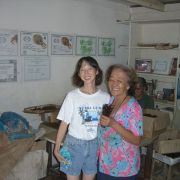
We met Madame Jeanne Chane, who is a third generation Chinese immigrant ( she claimed she spoke some Hakka, but we did not so who knows... She did speak a little English and took a stab at Japanese as well...). She is also a third generation Preparatrice de vanille, or vanilla producer, and a specialist at curing vanilla beans.
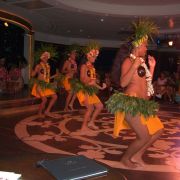
In the evening, a dance group came on board the ship to perform. It is composed of children and teenagers from Raiatea, and some of the performers were as young as three years old.
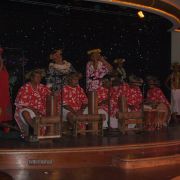
The music comes from drums, singing and some string instruments. Polynesian dancing was actually pretty much lost after the missionaries tried to wipe it out ( apparently, it was considered too suggestive, and given reports from the time, it probably was. ) In the 20th century, it was revived in a slightly different form, and now forms an integral part of polynesian culture.
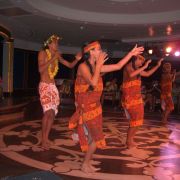
The Tahitian form of dancing we saw seems halfway between the Maori war dances and the Hawaiian Hula.
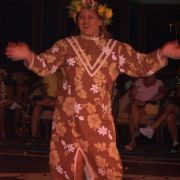
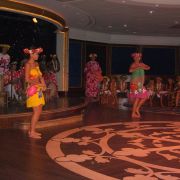
There was also a demonstration about different ways to tie the pareu, or Tahitian sarong.
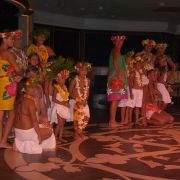
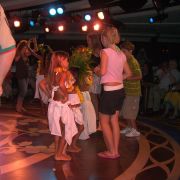
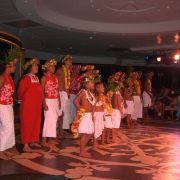
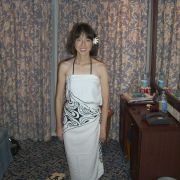
Taking a cue from the dance performance, we managed to wrap Linda up in a Pareu ( made in Indonesia ... ) which we had bought in Papeete for the Tropical Dress themed dinner that night.





































































